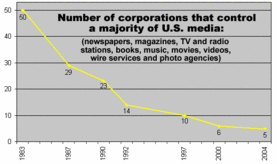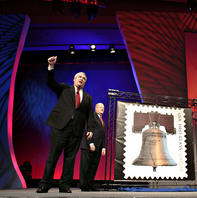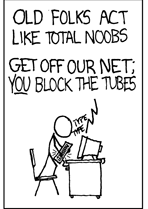 Here’s an interesting exercise in framing net neutrality:
Here’s an interesting exercise in framing net neutrality:
On the one side are traditional media – phone and cable companies, the carriers – in rare agreement. They do not want to be regulated, and they want to preserve the profitability potential that protects their network upgrades. They are therefore joined by some hardware tech firms. On the other side is what might be called the internet-industrial complex – consisting of idealistic net community folks, small start-ups, large Silicon Valley corporations pretending to be both – and Hollywood, in another strange bed fellowship.Note “internet-industrial complex”, in analogy to Eisenhower’s phrase, “military-industrial complex”. Yet the cablecos and telcos are said to be “in rare agreement” when actually they have long been acting on the same side on this issue; after all, it’s in both their (short-term) interests to keep the number of players down. With no competition, there’s no real market, and thus no real competition (which long-term means they won’t be competitive with their international competitors,The US Congress is in the middle; by the latest count six bills are pending, and while none is likely to be passed for now, the process itself has been a boon.
— A third way for net neutrality, By Eli Noam, Financial Times, 29 August 2006






